We were approached by a leading outdoor wear manufacturer with a testing issue - how to accurately replicate the conditions their garments were put through in the real world?
Standard tests on outdoor rainwear such as walking jackets and cagoules include abrasion in dry conditions, but this didn't take into account the wet conditions these garments were designed to be worn in.
This led us to ask the question: If a garment claiming to be waterproof will be worn in wet conditions, why don't we test in these wet conditions as well?
To solve this issue we created AquAbrasion Wet Abrasion Tester.
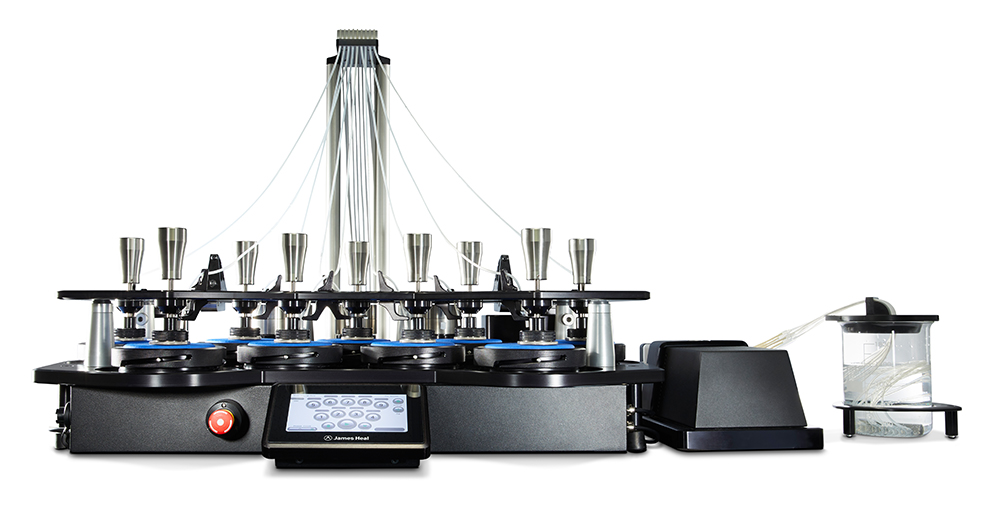
About AquAbrasion
The AquAbrasion is a Wet Abrasion Tester based on the traditional Martindale instrument. It uses a controlled pump system to dose fabric specimens with liquid which keeps the specimen wet for the duration of the test. Drains are recessed into the main table to prevent overspill when conducting testing.
Deionised water can be used to replicate rain, or a perspiration solution can be used to replicate sweat.
The AquAbrasion is an accurate and repeatable way of conducting wet abrasion testing, which we have proven to be a crucial and often detrimental step in establishing the durability of outdoor wear.
We have proven, through a series of in-depth tests, that to make an accurate claim about the performance of an outdoor garment it must first be subject to wet abrasion to truly understand the impact of outdoor wear and tear.
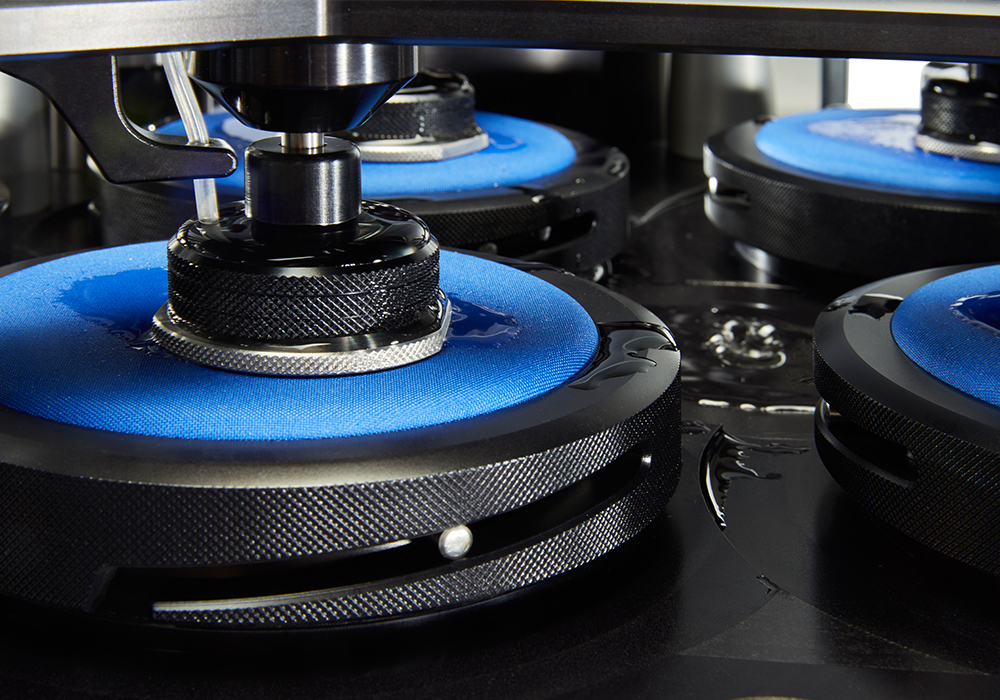
Why Use AquAbrasion?
AquAbrasion acts as an accurate and repeatable method of subjecting the fabric to wet abrasive stresses, a crucial first step in proving garment performance. We thoroughly tested the instrument using a range of fabrics, based on the premise below:
We estimated the average person has a stride length of approximately 2.1 to 2.5 feet. This means it takes approximately 2,000 steps to walk one mile, and 10,000 steps to walk 5 miles. If one stride equals one rub on the Martindale, then 100,000 rubs would equate to 50 miles of walking.
We initially tested 5 different fabrics in both wet and dry conditions to 100,000 rubs, using a modified version of the ISO 12947 abrasion method. The fabric was abraded against itself to replicate real-life situations, such as a sleeve rubbing against the body of a garment by the wearer.
All the fabrics chosen for this test are typically found as the outer shell in outdoor rainwear.
- Fabric 1: 2oz PU Nylon
- Fabric 2: Water Resistant Tactel
- Fabric 3: Waterproof Breathable Coated Microfibre
- Fabric 4: PX300 Laminated Breathable Polyester
- Fabric 5: 3 Layer Fabric with ePTFE membrane
The fabric was dosed at 1ml per minute with deionised water to replicate rainy wet conditions.
Following the abrasion testing, we tested for shade change, tensile strength, burst strength, oil repellency and resistance to surface wetting to get a comprehensive view of the impact of wet abrasion on the garment.
To read the full report, with the relevant test results and in-depth analysis about each test type, please download the AquAbrasion eBook here:
AquAbrasion eBook
The Results
Testing completed for shade change, tensile strength, burst strength, oil repellency and resistance to surface wetting showed that in all cases, the fabrics were greatly weakened after wet testing.These results suggest that when a garment is worn outdoors and therefore abraded in wet conditions, it is more likely to tear, burst or allow water in, and this is much harder to predict when only subjecting the fabric to a generic dry abrasion test.
The AquAbrasion eBook includes detailed results and analysis showing on each round of testing to show how important wet abrasion is as part of the process of testing outdoor wear, such as:
Shade Change: "The results illustrate that wet testing proves to create a greater amount of shade change, which is considered to be detrimental to the aesthetics of the fabric".
Tensile Strength: "Fabrics subjected to wet conditions with the presence of a self-abradant prove to be weakened more greatly than when subject to the same abrasive stresses in dry conditions."
Burst Test: "In every case, the wet abraded fabric is weaker and less robust than fabric tested in dry conditions when subjected to the same abrasion test."
Spray Rate: "All fabrics, without exception, showed to be less resistant to water when previously abraded in a wet state. The durable water repellency on all fabrics had been degraded."
Oil Repellency: "For all the fabrics that appeared to show oil repellency, wet abrasion would appear to affect the effectiveness of the fabrics ability to repel oil."
Water Repellency: "Our results show compelling evidence that wet abrasion compromises the water repellency of the fabric more greatly than dry abrasion, causing the surface to absorb more water when next exposed to rain."
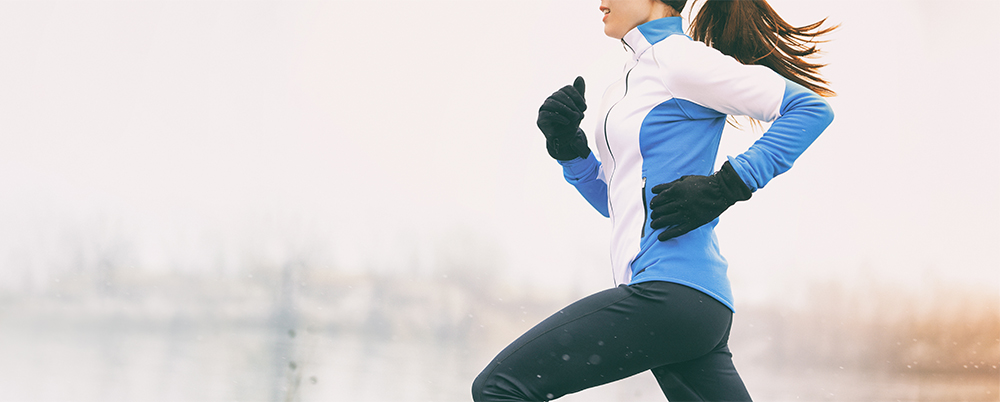
The Conclusion
We found that fabrics subjected to wet abrasive stresses degenerate at a faster rate both aesthetically and physically, as proven by the range of testing we completed in this report.
These qualities are something manufacturers would want to consider when producing or purchasing a textile, particularly when making claims about performance in inclement weather conditions.
AquAbrasion is a controlled and accurate way of replicating real-life conditions and is proven to be a crucial first step to prove garment performance.
James Heal Technical Specialist"The performance of a fabric is more greatly impaired when subjected to conditions for which it is intended, rather than generic dry test conditions."
Garments That Last
Consumers are placing more importance on garments that last, with a move away from fast fashion towards more sustainable options.
Quality is also of top importance with outdoor wear and athleisure, where the manufacturer is making a claim about the performance of a garment. The consumers' expectations are raised - they expect the garment to perform and to last.
AquAbrasion can help with this - by ensuring the garment is tested in the conditions it will be used, the manufacturer can guarantee the improved lifespan of their product. This is great news for the environment, and for the brand's reputation as well.
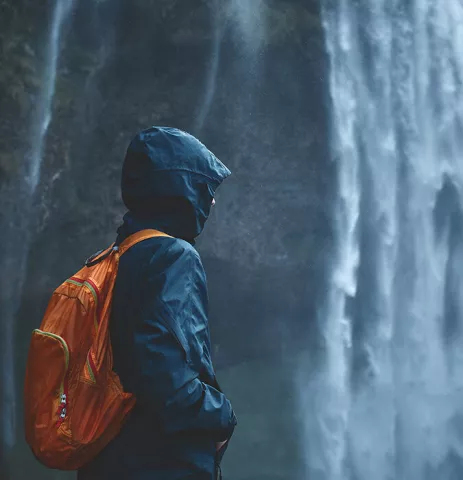

Decades of Martindale Expertise
Although athleisure and performance wear are relatively new, this instrument is based on decades of Martindale expertise. James Heal was involved in the development of the original Martindale with Dr Martindale and WIRA in the 1940s. We have since established our position as a leading manufacturer of this instrument, and have used 70 years of testing and development to create AquAbrasion, a step forward in abrasion testing.
The continuous improvement of this instrument means that when you purchase an AquAbrasion you get a range of built-in features, including:
- TestWise Touch, our intuitive operating system for minimal training and optimum lab efficiency
- Easy access to all 9 stations through a hinged lid, which makes checking and changing samples quick to do
- Precision clamping - rings twist onto each station securing test materials with ease
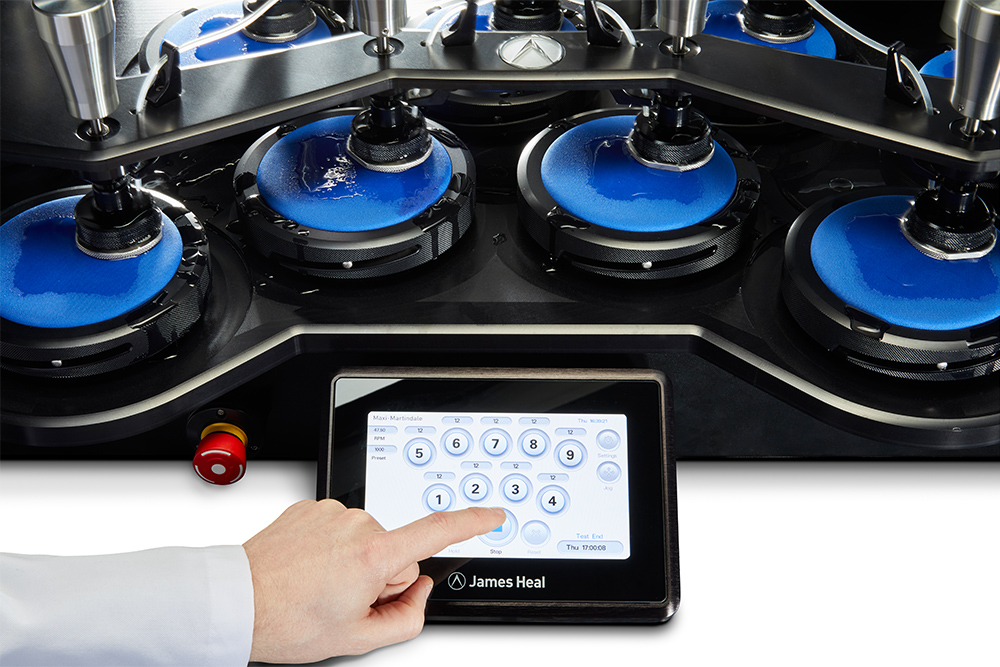
If you make any claims about the performance, features or longevity of your outdoor wear, it is crucial that the fabric or garment is tested in the conditions it will be worn in. AquAbrasion provides a controlled method for conducting this testing, and we would like the chance to talk further with you about this.
For more information, or to speak to a member of our team, please contact us.
To find out more about AquAbrasion and the testing we have completed, please download the eBook:
Download the AquAbrasion eBook
Finally, you can visit the AquAbrasion product page here:












